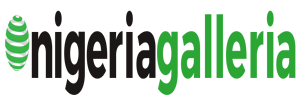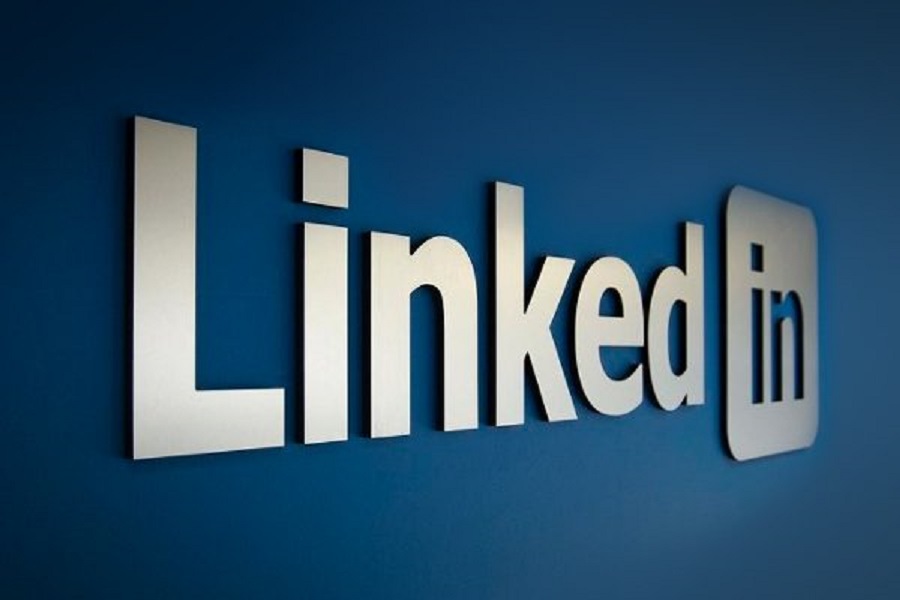Getting 10,000 followers on Instagram is a common goal for many people who are trying to “build their brand”. This magic number is the key to unlocking the swipe up feature in Stories, which allows users to steer traffic off of Instagram. However, if you’re trying to grow your business, you’ll most likely want to focus on LinkedIn, too. As per Neil Patel, about 80% of B2B leads come from LinkedIn, followed by Twitter at 13%.
But, just because its a professional network, that doesn’t mean everyone is just waiting for you to pitch them. At the end of the day, it’s still a social media platform. When receiving a connection request, my two biggest pet peeves are:
- Requests with no context or note
- Requests that involve someone vomiting out a bunch of information about themselves all over my screen
I spoke with Carlos Gil, author of The End of Marketing: Humanizing Your Brand in the Age of Social Media and AI, who shared his do’s and don’ts for leveraging LinkedIn.
The overall opportunity on LinkedIn
“As I write about in my new book, people today are brands, and they hold more power (digitally speaking) than iconic, global brands such as Coca-Cola and Nike do because people, unlike corporations, are real and relatable. Therefore, due to the rise of internet fame, personal branding, and business thought-leadership, your brand is also your resume and business card.
While having a defined presence on LinkedIn can be a tremendous asset for any business owner by way of new contacts, lead sources, and clients, it’s actually the search engine optimization (SEO) benefit combined with perceived authority in a given industry that can help one rise above the digital noise that’s common elsewhere – such as Facebook, Instagram, or Twitter.”
The biggest mistake people make on LinkedIn
“Think of LinkedIn’s professional member database similarly to a Google search; however, LinkedIn enables you to search and connect with professionals ranging by location, job title, company, and industry too. While you can effortlessly search for and connect with key prospects who you are looking to do business, people hate being sold to. Instead, they want to be engaged.
The biggest mistake that I see people make on LinkedIn is they assume that LinkedIn is another digital medium for cold-calling and social selling when, in reality, it’s harder to get someone’s attention on LinkedIn because most C-level executives are being bombarded with pitches daily. This is why I suggest using LinkedIn to search and identify potential clients and then find them on Twitter or Instagram and start building the relationship organically outside of LinkedIn.”
Would you like to learn more about LinkedIn from Carlos? Attend his Entrepreneur Insider workshop How LinkedIn Can Be a Revenue-Generating Machine for Your Business. He’ll provide more great tips and answer your questions live.
How LinkedIn differs from other social platforms
“To thrive on LinkedIn, you must do two things well: 1. Grow your professional network by joining groups and inviting others to connect, and 2. contribute content to the communities that you enter (i.e., groups, your newsfeed, and sharing directly 1:1).
Unlike Instagram, which is more about ‘show and tell,’ LinkedIn is very much a ‘show and sell’ culture where building perceived influence within your industry is the key or in other words if you’re going to hit the newsfeed give people that are following you content to make them do their jobs better (teach them something through a tutorial, how-to video, etc.). Also, since LinkedIn is a professional social network, give your followers a mix of education and entertainment through interviews, which includes using its newest feature – Live Video.
If you’re a small business and hoping to expand relationships with potential suppliers or attract customers, talk about your business including your employees, customer stories, and what makes your business unique or standout from others in your space.”
How to get more eyeballs on your profile and content
“Being discovered on LinkedIn and growing your brand within your industry begins with having the right combination of keywords within sections of your profile.
The first step to optimizing your LinkedIn profile is to edit the Headline section by adding industry-relevant keywords that are most likely to come up in search results or be entered in the search bar. For example, in my profile I have the keywords ‘Social Media,’ ‘Marketing,’ ‘Consultant,’ ‘Agency,’ ‘Author’ and ‘Speaker’ therefore there’s a high likelihood that my profile will rank high in search results if a LinkedIn user is running a search for ‘Marketing Consultant’ or “Social Media Speaker” because I have a combination of these keywords in my headline. Also, be sure to have the closest metropolitan market near you as your city so you will come up in search results for anyone who is seeking a service provider or business owner in that city based on the keywords in your profile and location.
Once you optimize your LinkedIn profile, monitor your stats weekly to ensure that your profile is coming up in search results. To get the most out of LinkedIn, you need to be active on the platform which requires contributing to discussions, posting original content of your own, and joining LinkedIn Groups.
Want to grow your network overnight? Join 25 to 30 groups ranging from local professional associations in your city to industry-specific groups. By joining and actively participating in LinkedIn Groups, you will see an immediate return with more profile views, new connection requests, and potentially website visits, which lead to new business opportunities. Also, follow the accounts of LinkedIn influencers which have the influencer badge (i.e. Mark Cuban, Obama, Oprah, etc.) and comment within their content when they post.”
LinkedIn Articles vs. LinkedIn Posts
“Posts and articles are different from each other because a post is intended to be a short and direct status update (ex: sharing a link to a news article with your thoughts, a conversation-starting/thought-provoking question, etc.) whereas an article is a long-form blog post essentially.
Do not make the critical mistake of writing long-form content spaced-out line by line just to catch people’s attention – it’s annoying and not going to engage the right type of audience. Instead, use LinkedIn Articles as an add-on to your company/website blog to expand your SEO and organic reach on LinkedIn too. LinkedIn Articles are great for writing how-to pieces or thought leadership around a topic that’s relevant in your industry or city. Also, you can embed tweets and YouTube videos in Articles whereas a post acts as a status update.
My recommendation is to post 1-2 times per day on LinkedIn with quick insights, thought-provoking conversation starters, and tips to gain organic reach and selectively use Articles when you have something valuable to share across your groups including on your timeline.”
Soft pitching on LinkedIn
“Although LinkedIn is a powerful asset for any business professional, it does not offer the same robust analytics and reporting as Facebook and Twitter. However, the metrics that you should look to keep tabs on every week are: who viewed your profile and search appearances. Whenever your profile appears in LinkedIn search results, there’s a probability that a user might connect with you based on the keywords contained within your headline on your profile. LinkedIn shares with you the job titles of who is searching for you based on specifically the keywords contained in your profile, which are being searched for the most.
Although it might be tempting to pitch your services to a person that’s been viewing your profile – don’t do it just yet. Instead, if it’s a person that you might potentially be interested in doing business with, invite them to connect and in your InMail or connection request write something along the lines of… “Hi, I saw that you were viewing my profile and am curious to learn why? Let’s connect and get to know each other!” Don’t just send a connection without additional information.”

